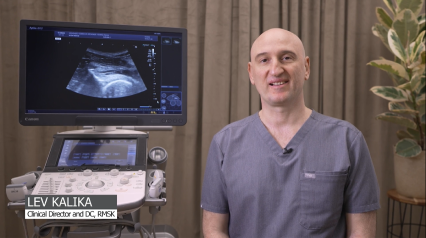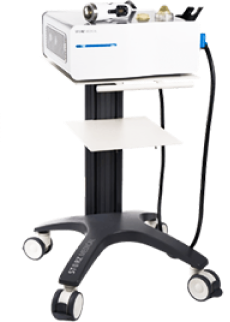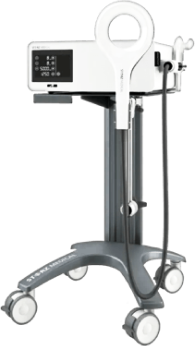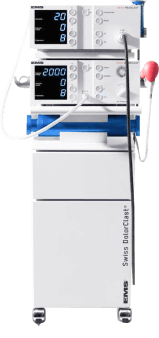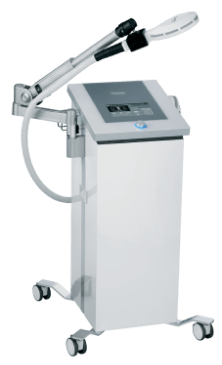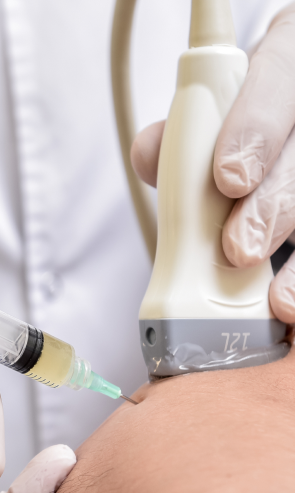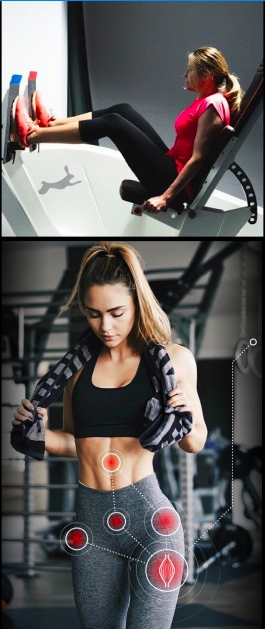Greater Trochanteric Pain Syndrome
December 24, 2024
Greater trochanteric pain syndrome (GTPS) is a condition that was formerly known as trochanteric bursitis. Bursa are fluid-filled sacs located in your joints that prevent friction between your bones and soft tissues as you move. In your hip, a bursa is positionedocks.
In the past it was thought that the bursa itself becomes irritated and inflamed, causing hip pain and discomfort. However, recent research has revealed that hip pain at the trochanter is not cause by an inflamed bursa, but rather by inflammation of the tendons that attach muscles to the hip joint.
Symptoms of GTPS
GTPS is marked by pain and tenderness at the side of the hip that becomes worse while standing, and during physical activities like walking, running and jumping.
Causes of GTPS
Degenerative repetitive overuse is the primary cause of GTPS. The syndrome is most commonly seen in middle aged runners, middle aged females, and patients suffering from low back pain.
Other causes include:
- Instability of the hip and pelvis
- Imbalance between abductor muscles
- Abnormal weight bearing while standing and walking
- Faulty running gait mechanics
- Poor physical conditioning
- Poor posture
- Unequal leg lengths
Diagnosis
A health histo diagnose GTPS. However, real-time diagnostic ultrasound can be useful in confirming diagnosis, and in determining the severity of GTPS.


